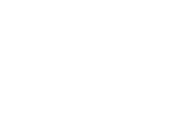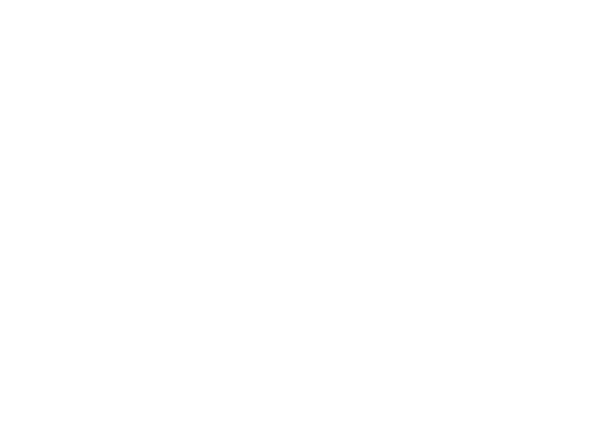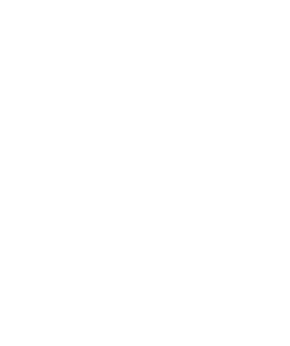 |
 |
 |

|
Serpentine Pavilion designed by SelgasCano
2015
Indicative CGI, night
© Steven Kevin Howson / SelgasCano
|
|
 |
SERPENTINE GALLERY
SERPENTINE REVEALS COLOURFUL, CHRYSALIS-LIKE DESIGN FOR THE
15 THANNUAL PAVILION
25/6/2015-18/10/2015
Serpentine reveals today designs for the 15th annual Pavilion. The render by Madrid-based architects SelgasCano shows an amorphous, double-skinned, polygonal structure consisting of panels of a translucent, multi-coloured fabric membrane (ETFE) woven through and wrapped in webbing. Visitors will be able to enter and exit the Pavilion at a number of different points, passing through a ‘secret corridor’ between the outer and inner layer of the structure and into the Pavilion’s brilliant, stained glass-effect interior.
|

|
Posted 27 March 2015
|
Share this:
|
|
Serpentine Galleries Director, Julia Peyton-Jones and Co-Director Hans Ulrich Obrist said: ‘We are proud to work with SelgasCano in this, the 15th year of a commission unique in the western world that continues to showcase some of the bolde stand innovative designs in contemporary architecture internationally. In keeping with their reputation for playful designs and bold use of colour, SelgasCano’s structure will be an extraordinary chrysalis-like structure, as organic as the surrounding gardens. We can’t wait to go inside to experience the light diffused through the coloured panels like stained glass windows. It will be a place for people to meet, to have coffee and to experience the live events we put on through out the summer.’
|
|
|
|
|
|
Since the commission was launched in 2000 by Director Julia Peyton-Jones, the annual Serpentine Pavilion–unique in terms of its conception, delivery and funding model –has been designed by some of the world's greatest architects, including Zaha Hadid, Oscar Niemeyer, Rem Koolhaas and Cecil Balmond, Frank Gehry and Jean Nouvel. Projects have ranged from SANAA’s floating, aluminium cloud in 2009 to Peter Zumthor’s zen-like garden enclosure in 2011 to Smiljan Radic’s shell-like structure in 2014.In keeping with the criteria of the commission, this will be the first built structure in England by SelgasCano.
|
|
|
|

Serpentine Pavilion designed by SelgasCano
2015
External indicative CGI
© Steven Kevin Howson / SelgasCano
|
|
|
|

|

|

|

Portrait courtesy of the architects
|
|
The architects describe their design: ‘When the Serpentine invited us to design the Pavilion, we began to think about what the structure needed to provide and what materials should be used in a Royal Park in London. These questions, mixed with our own architectural interests and the knowledge that the design needs to connect with nature and feel part of the landscape, provided us with a concept based on pure visitor experience. We sought a way to allow the public to experience architecture through simple elements: structure, light, transparency, shadows, lightness, form, sensitivity, change, surprise, colour and materials. We have therefore designed a Pavilion which incorporates all of these elements.
|
|
|
|
|
|
The spatial qualities of the Pavilion only unfold when accessing the structure and being immersed within it. Each entrance allows for a specific journey through the space, characterised by colour, light and irregular shapes with surprising volumes. This is accomplished by creating a double-layered shell, made of opaque and translucent fluorine-based plastic (ETFE) in a variety of colours. At the heart of the Pavilion is an open space for gathering as well as a café. We are also very much aware of the Pavilion’s anniversary in our design for the 15th annual commission. The structure therefore had to be –without resembling previous Pavilions –a tribute to them all and a homage to all the stories told within those designs.’
On Friday nights, between July and September, the Pavilion will once again become the stage for the Serpentine’s Park Nights sponsored for the third year by COS. The events bring together art, poetry, music, film, literature and theory and include three new major commissions by artists Jesse Darling, Fleur Melbourn and Marianna Simnett.
|
|
|
The Serpentine is delighted that Goldman Sachs is the headline sponsor of this year’s Pavilion. AECOM, in collaboration with David Glover, will again provide engineering and technical design services. While this is the third Serpentine Pavilion for AECOM, David Glover has worked on the majority of Pavilion designs to date.
Michael Sherwood and Richard Gnodde, Co-Chief Executive Officers, Goldman Sachs International, said:
‘London is one of the world’s leading financial and cultural centres and we believe that projects like the Pavilion encourage and inspire the exchange of ideas and perspectives across generations, reflecting the important role that businesses can play in supporting art and culture in the UK.’
SelgasCano
José Selgas and Lucía Cano established SelgasCano in Madrid, Spain, in 1998. Both born in Madrid in 1965, Selgas and Cano studied architecture at Escuela Técnica Superior de Arquitectura de Madrid and graduated in 1992. After graduating, Selgas worked with Francesco Venecia in Naples, winning the Rome Prize from Academia Española de Bellas Artes de Roma in 1997-1998.Cano worked with renowned Spanish architect Julio Cano Lasso and was a member of the studio until 2001.
SelgasCano’s work is characterised by a use of synthetic materials and new technologies, often rarely applied to architecture. Taking inspiration from Luis Barragan and Richard Rogers, the architects use distinctive colours and references to nature throughout their designs. To date, their belief that architecture is secondary to natureinforms theirnature and climatology design course at the Massachusetts Institute of Technology and thearchitects’work on the Educational and Medical Pavilion in Turkana, Kenya.
SelgasCano studio has completed the majority of its buildings in Spain through a diverse range of commissions, including Silicon House, Madrid (2007); Office in the Woods, Madrid (2009);El ‘B’. Cartagena Auditorium and Congress Centre, Cartagena(2011); and Mérida Factory, Mérida(2011). In 2014the architects’ completed the complete refurbishment of Second Home, London (2015) and current projects include Plasencia Auditorium and Congress Centre, Cáceres; ‘Pip’ House, Laurel Canyon, Los Angeles; the renovation of Texas Square in Oranjestad, Aruba; and ‘La Canaria’ House, Mount Washington, Los Angeles. SelgasCano’s work has been exhibited at the Museum of Modern Artand the Solomon R. Guggenheim Museum, New York; GA Gallery and the Museum of Contemporary Art, Tokyo; Design Museum, London; Akademie der Kunste, Berlin; Tin Sheds Gallery, Sydney; and Massachusetts Institute of Technology, Boston. In 2012 the architects exhibited in the Spanish Pavilion at the 13th International Architecture Biennale, Venice, as part of SPAINLab. In 2013 they won the Kunstpreis (Art prize) awarded by the Akademie der Kunste, Berlin and were pronounced 'Architects of the Year' by the German Design Council.
|
|
|
Goldman Sachs
The Goldman Sachs Group, Inc. is a leading global investment banking, securities and investment management firm that provides a wide range of financial services to a substantial and diversified client base that includes corporations, financial institutions, governments and high-net-worth individuals. Founded in 1869, the firm is based in New York and it maintains offices in all major financial centres around the world.
AECOM with David Glover
AECOM is a global design and engineering firm dedicated to creating, enhancing and sustaining the world's built, natural and social environments. David Glover is renowned for his leadership in tackling today's big challenges in the built environment.
Serpentine Pavilion Commission
The Serpentine Pavilion commission, conceived in 2000 by Director Julia Peyton-Jones, has become an international site for architectural experimentation and has presented projects by some of the world's greatest architects. Each Pavilion is sited on the Serpentine Gallery's lawn for four months and the immediacy of the commission –taking a maximum of six months from invitation to completion –provides a unique model worldwide. The Pavilion is one of the top-ten most visited architectural and design exhibitions in the world.
Serpentine Pavilion History
Serpentine Pavilion architects to date are: Smiljan Radic, 2014;Sou Fujimoto, 2013; Herzog & de Meuron and Ai Weiwei, 2012; Peter Zumthor, 2011; Jean Nouvel, 2010; Kazuyo Sejima and Ryue Nishizawa, SANAA, 2009; Frank Gehry, 2008; Olafur Eliasson and Kjetil Thorsen, 2007; Rem Koolhaas and Cecil Balmond, with Arup, 2006; Álvaro Siza and Eduardo Souto de Moura with Cecil Balmond, Arup, 2005; MVRDV with Arup, 2004 (un-realised); Oscar Niemeyer, 2003; Toyo Ito and Cecil Balmond –with Arup, 2002; Daniel Libeskind with Arup, 2001; and Zaha Hadid, 2000.
Serpentine Gallery
Kensington Gardens
London W2 3XA, United Kingdom
+44 20 7402 6075
serpentinegalleries.org
|
|
|
|
|
|
|


